Strategic Conservation Planning
Strategic Conservation Planning is a decision making tool used by Your Land Trust within our service region to conserve and protect properties based on priorities outlined in federal, state, and local plans for wildlife management, habitats recovery, watershed health, wildfire preparedness planning, and general municipal development.
Citing NRCS-published maps of soils conservation priorities, and call to protect and expand climate smart agriculture operations, Agricultural Conservation Easements (ACE’s) have been a focus for Your Land Trust over the past decade. In co-stewardship, NCRLT ACE’s promote climate smart agriculture practices through management plan activities implemented between landowners, NCRLT, and TAP providers. Another federal tool is the Habitat Conservation Plan (HCP’s), a U.S. Fish and Wildlife Service planning document.
The viewshed from Hanford Conservation Easement, year six post-Camp Fire Incident
At the state level, State Wildlife Action Plan identifies high priority wildlife habitats and restoration needs. A 2007 California Department of Fish & Wildlife (CDFW) document outlines a framework to complete a Butte County Natural Community Conservation Plan and Habitat Conservation Plan, led by BCAG, completed, but never formally approved by local governments. Nonetheless, the draft document may be referenced as suggestions. Additional state tools include plans for Floodplain Management, Groundwater Sustainability, and Vegetation Management.
Regional tools include the Community Wildfire Prevention Plan, County General Plan, and others. When each of these tools are combined using Geographic Information Systems (GIS) prioritized lands and areas of conservation priority can be easily identified, and outreach plans are developed. Funding opportunities, limitations, amounts, and availability delay even the most appropriate and impactful projects. Land protections are a marathon experience and not a sprint.
The Northern California Regional Land Trust takes a blended approach to protecting agricultural and forested properties, staying mindful of community support, stakeholder input, and funding opportunities as specific prospective properties are evaluated with standardized assessment. NCRLT has an open application on our website for landowners to complete, and outreach is conducted to key areas within our service region.
Lands Committee in Action on a field tour of a conservation easement to develop a revised scoring sheet
Our Lands Committee uses combined experience and several resources to assign a score to each property, evaluating conservation value criteria and assessing the probable effectiveness of land protections to increase the properties’ conservation value, improve ecological functions, or provide access to resources or open spaces previously restricted to public uses. Public perceptions about the proposed project are also considered, with public opinion and feedback gained through survey, neighborhood notices, and in circulating draft conservation easements to all interested parties prior to finalization.


